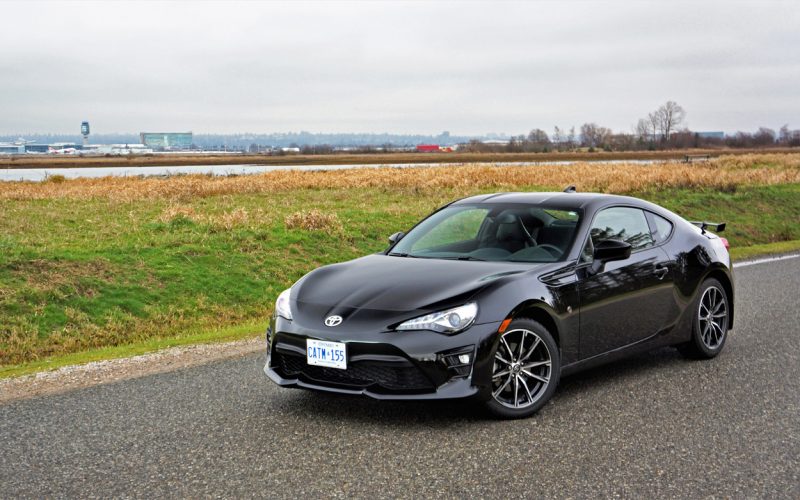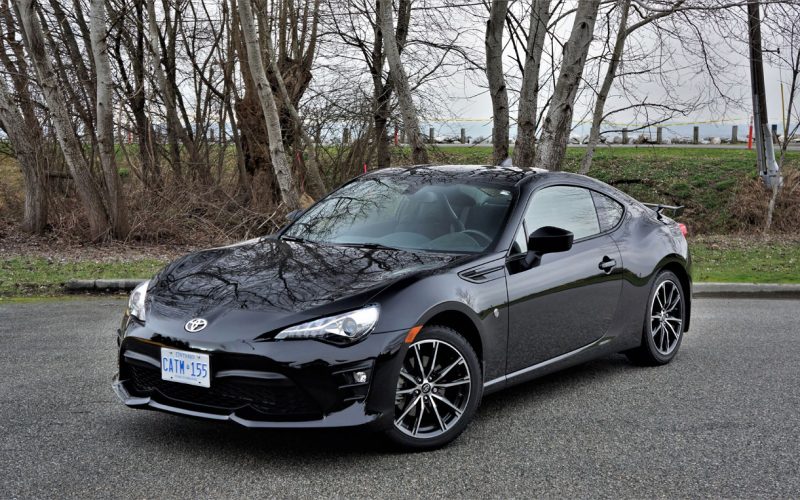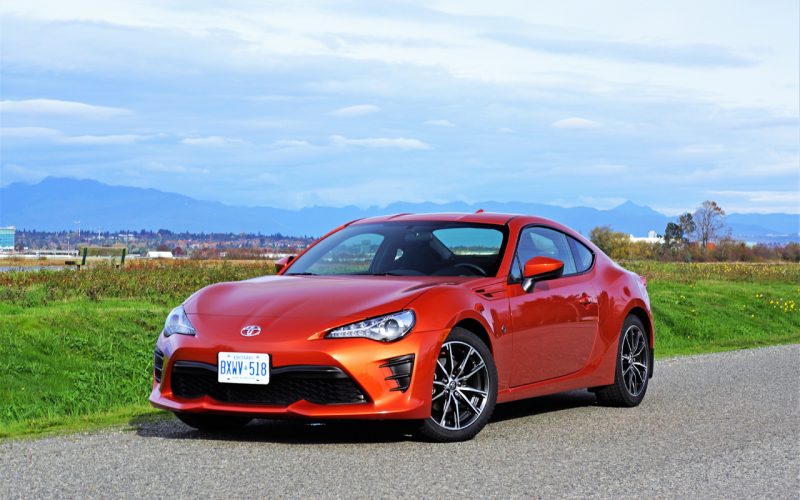
Reading Time: 11 minutesHold on. Subaru’s BRZ now outsells the Scion FR-S… er… the Toyota 86 by 2.5-to-one? What’s

Reading Time: 3 minutesToyota’s 86 hasn’t changed much since being refreshed for 2017 as part of its Scion FR-S

Reading Time: 7 minutesWell Scion was certainly an interesting project. It was more successful for longer in the U.S.,
© 2025 The Car Magazine. All Rights Reserved, Privacy Policy | Terms of Use